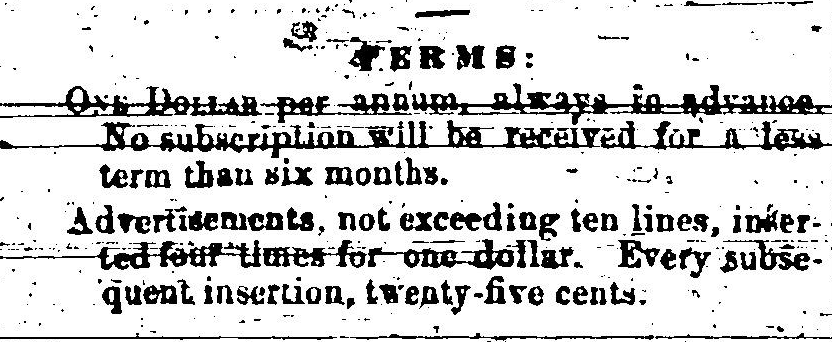Content of the newspaper
This primary audience for this newspaper was Black refugees coming from the United States to Upper Canada but not exclusively. People who might have had an interest in supporting the movements this newspaper pushed (anti-slavery, abolitionism) were also audiences for the newspaper.
The method to broaden to potential audience can be viewed in the excerpt below, along with the standard subscribtion.


The Voice of the Fugitive highlighted and encouraged pursuits of education and careers by Black people. Activism regarding the intersectional identities of Black women were in the paper as well. It encouraged them to pursue careers in medical fields, that they were capable of doing so.

The Voice of the Fugitive was (especially for non-Black individuals) a source that provided the much needed Black persepective in media at that time that was lacking until its publication. Newspapers are the main source of information for the public and its their entire purpose to inform the public of current events.
And during the 1800s when there wouldn't have been digital alternatives, newspapers were the most direct way of influencing and informing opinions of the public and had the power to target certain demographics in both positive and negative ways. The Voice of the Fugitive becomes extremely relevant and important because of the power and voice it provided for the Black community in Upper Canada.
